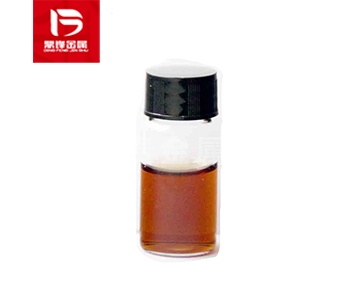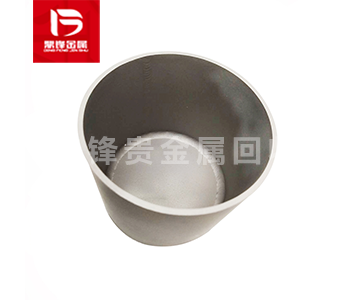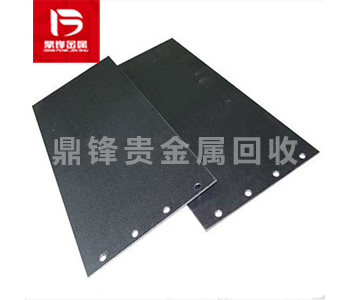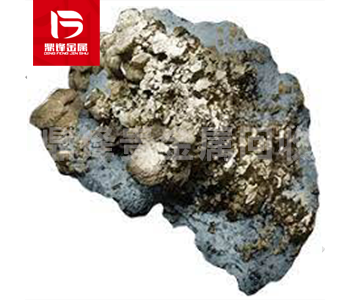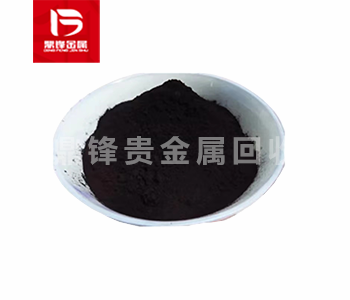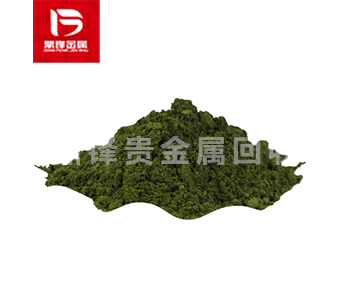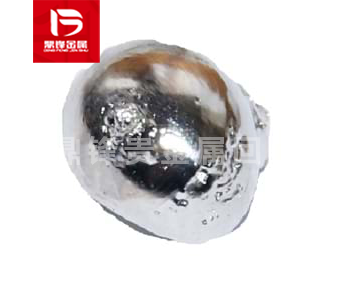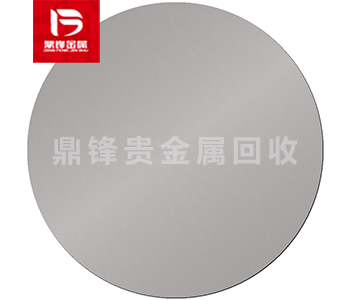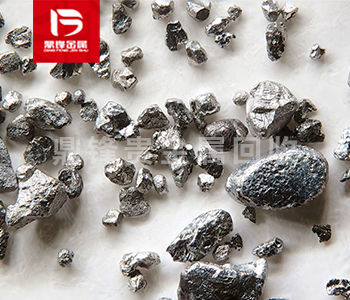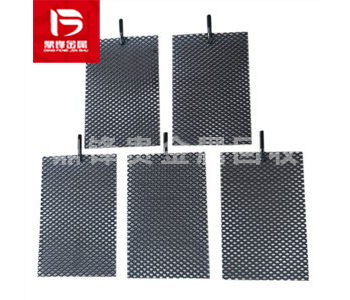Iridium slag recoveryprecious metal regeneration from principle to practice
In the growing field of precious metal recycling, iridium slag recycling stands out as a key process for the sustainable recovery of precious metals from industrial byproducts. Iridium is a rare and valuable precious metal that is widely used in various industries such as electronics, catalysis and aerospace. However, extracting iridium from ore is a complex and resource-intensive process that typically produces large amounts of slag - a byproduct containing residual iridium and other metals. Recycling this slag not only helps recover precious metals, but also helps protect the environment and reduce the need for primary ore mining. In this article, we will delve into the complexities of iridium slag recycling and explore its significance, processes and wider implications for sustainable resource management.
What is Iridium Slag?
Iridium slag is the residual material left after the extraction and refining of iridium from its ores. The extraction process involves several stages, including mining, beneficiation, and refining, all of which generate waste materials. Slag, in particular, is the non-ferrous residue that remains after the smelting and refining processes. This slag often contains traces of iridium, as well as other precious and base metals, depending on the specific extraction methods employed.
The composition of iridium slag can vary widely, depending on the type of ore, the concentration of iridium, and the refining techniques used. Typically, iridium slag contains a mixture of metal oxides, silicates, and other compounds. The recovery of iridium from slag requires advanced metallurgical techniques to efficiently extract the metal from this complex matrix.
The Importance of Iridium Slag Recycling
Recycling iridium slag is crucial for several reasons:
Resource Conservation: Iridium is a rare and valuable metal, and its demand continues to grow due to its wide range of industrial applications. Recycling slag helps conserve this valuable resource by recovering it from waste materials, reducing the need for mining new ores.
Environmental Benefits: The extraction of iridium from ores is a highly energy-intensive process that generates significant amounts of waste and greenhouse gases. Recycling slag helps reduce the environmental footprint of iridium production by minimizing waste and reducing the need for new mining operations.
Economic Value: Iridium slag contains not only iridium but also other valuable metals and minerals. Recycling this material can yield significant economic benefits, as the recovered metals can be sold back into the market, creating a sustainable source of revenue.
The Process of Iridium Slag Recycling
The recycling of iridium slag involves several steps, each requiring specialized knowledge and advanced technologies. The process can be broadly categorized into three stages: preparation, extraction, and refining.
1. Preparation
The first step in recycling iridium slag is to prepare the material for extraction. This involves crushing and grinding the slag to reduce its particle size, making it easier to process. The slag is then subjected to various physical and chemical treatments to enhance the recovery of iridium.
2. Extraction
The extraction of iridium from slag is the most challenging and critical stage of the recycling process. Several techniques can be employed, depending on the composition of the slag and the desired purity of the recovered iridium. Common methods include:
Hydrometallurgical Extraction: This involves the use of aqueous solutions to dissolve and extract metals from the slag. For example, leaching can be used to dissolve iridium from the slag using appropriate reagents, followed by precipitation or adsorption to recover the metal.
Pyrometallurgical Extraction: This involves high-temperature processes to separate metals from the slag. For instance, smelting can be used to melt the slag, allowing the metals to separate based on their melting points.
Electrometallurgical Extraction: This involves the use of electrical currents to separate metals from the slag. For example, electrochemical methods can be used to selectively recover iridium from the slag.
3. Refining
Once the iridium has been extracted from the slag, it undergoes a refining process to achieve the desired purity. This may involve techniques such as dissolution, precipitation, and filtration to remove impurities and obtain high-purity iridium.
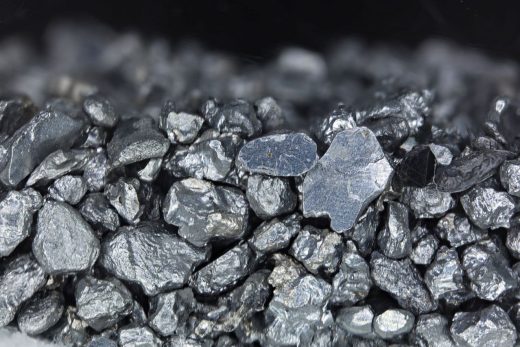
Challenges in Iridium Slag Recycling
Despite its numerous benefits, the recycling of iridium slag is not without challenges. One of the primary challenges is the complexity of the slag's composition, which often contains a mixture of metals and non-metals. This makes it difficult to achieve high recovery rates of iridium using conventional methods. Additionally, the high cost of advanced metallurgical techniques can be a barrier to widespread adoption.
Another challenge is the lack of standardized processes for iridium slag recycling. Unlike more established recycling processes for metals such as gold or silver, the recycling of iridium slag is still in its infancy, and there is a need for further research and development to optimize the process.
The Role of Technology in Iridium Slag Recycling
Advancements in technology have played a crucial role in improving the efficiency and sustainability of iridium slag recycling. For instance, the development of advanced leaching agents and separation techniques has enabled more efficient extraction of iridium from slag. Additionally, the use of automation and machine learning in the recycling process has helped to reduce costs and improve the overall efficiency of the operation.
One of the most promising developments in iridium slag recycling is the use of hydrometallurgical processes, which are highly selective and can achieve high recovery rates of iridium from complex matrices. For example, the use of chelating agents and other specialized reagents has enabled the selective extraction of iridium from slag, even in the presence of other metals.
Environmental and Economic Benefits of Iridium Slag Recycling
The environmental and economic benefits of iridium slag recycling are significant. By recovering valuable metals from slag, we can reduce the demand for mining new ores, thereby conserving natural resources and reducing the environmental impact of mining operations. Additionally, the recycling process generates less waste and consumes less energy compared to traditional mining and refining methods.
From an economic perspective, iridium slag recycling creates new business opportunities and revenue streams. The recovered metals can be sold back into the market, providing a sustainable source of income for recycling companies. Furthermore, the development of advanced recycling technologies can lead to job creation and innovation in the metallurgical industry.
The Future of Iridium Slag Recycling
As the demand for iridium continues to grow, the importance of recycling slag will only increase. The development of new and innovative recycling technologies will be crucial in ensuring the sustainable recovery of iridium and other valuable metals from industrial waste materials.
One area of focus for future research will be the optimization of existing recycling processes to improve efficiency and reduce costs. This may involve the development of new leaching agents, separation techniques, and refining methods that are more effective and sustainable.
Another important area of research will be the development of integrated recycling systems that combine multiple stages of extraction and refining to maximize the recovery of valuable metals from slag. For example, the use of hydrometallurgical and pyrometallurgical processes in combination may offer a more efficient and cost-effective solution for recycling iridium slag.
Iridium slag recycling is an important process for the sustainable recovery of precious metals from industrial waste. By recycling slag, we can conserve natural resources, reduce environmental pollution, and create new economic opportunities. While there are many challenges to this process, continued advances in technology and research are paving the way for more efficient and sustainable recycling methods.
As the demand for iridium continues to grow, the importance of recycling slag will only increase, making it a key area of focus for the metallurgical industry. By adopting innovative technologies and practices, we can ensure the sustainable recovery of iridium and other precious metals from slag, contributing to a more resource-efficient and environmentally friendly future.


